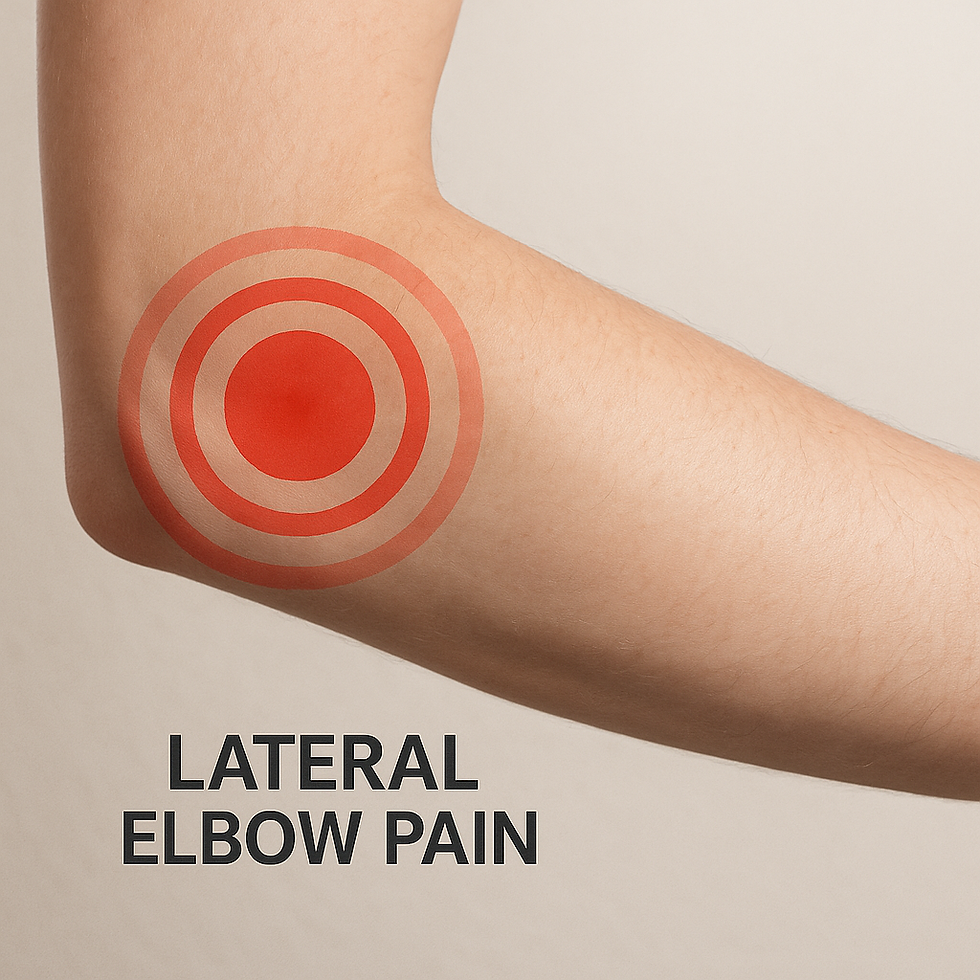How long is it going to take to heal?
- Will

- Jan 16, 2022
- 3 min read
A common question I often get from clients in their first visit is “How long is going to take for this injury or problem to get better?”
The easy answer is that there is not a specific time frame. Typically, healing predictions are based on tissue healing times laid out and supported by research but also our experience in treating other clients with the same or similar issues. The issue is that every injury and every body heals at a different rate.
While you and another client may share the same exact diagnosis, your body may heal exceptionally well compared to them because of other variables at play: diet, sleep, presence or lack of comorbidities, etc.
The main factor that plays a key role in optimizing the healing process is TIME. While frustrating and somewhat cliché, “healing takes time”.
It’s the honest truth. There is no way to accelerate the healing process, you can optimize healing but you remain at the mercy of your own physiology.
Healing and recovery are not linear processes and everyone progresses at varying rates through their time in Physical Therapy.
If you talk to most clinicians and ask them how long it’s going to take you to heal, you’re going to get the textbook time frame of “6-12 weeks”. The 6-12 weeks answer is based on the 3 phases of healing; inflammatory, proliferation and remodeling.
But what if your injury isn’t purely a “tissue issue”?
What if it’s based on stress, overuse and psychological factors? This is why recovery times can vary greatly from the 6-12 week estimate.
Aside from time, one of the biggest factors in healing optimally is blood flow. This is why patients are encouraged to continue moving if the injury allows. If there is confusion on how to keep moving without irritating a specific issue, we’ll develop strategies and create programming to help the client keep from having to shut everything down.
In general, sprains, strains and muscle injuries will take the shortest amount of time to heal, while tendon, cartilage and bone injuries tend to take longer. For example, an ACL tear (ligament) will typically take longer to heal than a hamstring strain (muscle). This is largely related to the amount blood flow these tissues receive. Muscles receive a ton of blood flow, while tendons and ligaments receive less blood and cartilage receives the least.
A lot of the clients we see at Southeast Physical Therapy are highly active individuals but due to their high level of activity, sometimes injuries follow as a result of under eating, overuse or under recovering. Clients coming in with chronic pain or overuse injuries are often frustrated by the healing process because they don’t want to slow down to allow their body to heal. This can lengthen their time in PT, increase their pain and extend the necessary time for supervised rehabilitation. Pain can be complex and the cause can be uncertain but one thing we are sure of is that rest and recovery are vital to healing.
So what does the research say?
Recent research has explored acute low back pain, a common problem in a majority of the population at some point in their lives. Researchers found that most acute back pain resolves in 6-8 weeks without treatment.
What does this mean? Just take 6-8 weeks off from life and work and you’ll be 100% at the end of that?
This is not an excuse to skip Physical Therapy. PT is necessary, as it gives you a diagnosis, prognosis, plan of attack (treatment plan) and a supervised direction to go with physical activity while optimizing the healing process.
At Southeast PT, our goal is to equip you with the exercises and strategies to stay active while your body does its part in healing itself. While the manual treatments (dry needling, soft tissue work, stretching, etc.) provided in the office are important to your overall healing, the work you do at home working on form, strength and function is more important and allows for long lasting changes in how your body integrates new strength, flexibility and ranges of motion.
If you’re interested in PT for an injury, give us a call at 678-640-4606 or email us at southeastphysicaltherapy@gmail.com to set up your initial assessment.




Comments